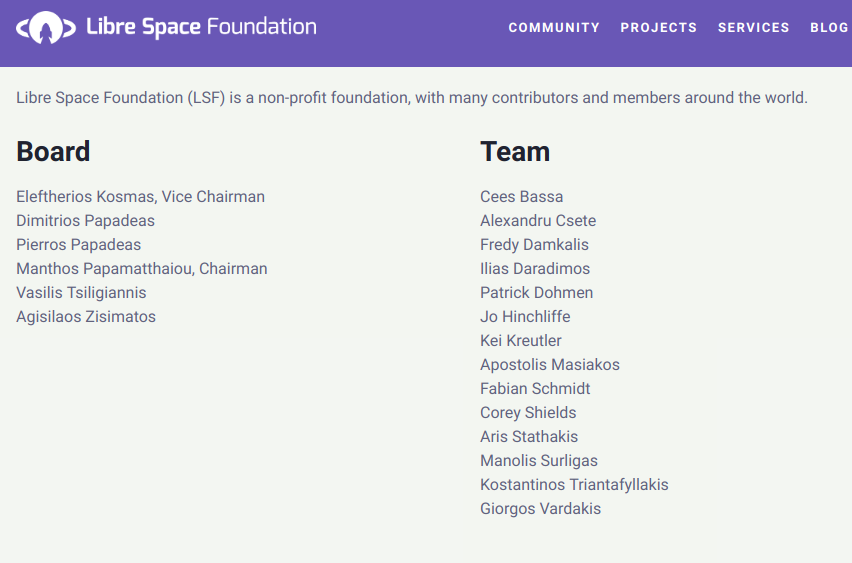Tag: update
Libre Space Foundation joins RISC-V International as a Community Member.
At Libre Space Foundation, we are always thrilled when we join forces with organizations and initiatives promoting the open-source development methodologies.For this, we could not be more excited to announce our membership to RISC-V International. A few words about RISC-V What RISC-V is RISC-V is an open-standard, instruction set architecture (ISA). For those not very…
The QUBIK Project: The progress so far
Libre Space Foundation is devoted to the vision of open-source technologies in space, and for this, we often join forces with researchers, individuals, and teams who share this vision with us. One exciting project we have taken up is the QUBIK Project. A few words about the Project Our love for space has brought us…

Libre Space Activity Update 2018-12-21
Welcome New Team Members This week Libre Space formally welcomed four new contributors to the LSF team, these are; Jo Hinchliffe Fabian Schmidt Patrick Dohmen Cees Bassa All four of them have been contributing tirelessly to our projects, inmeaningful ways, therefore it was only right to welcome them and include them as team contributors. Busy times in the SatNOGs community It’s been a…